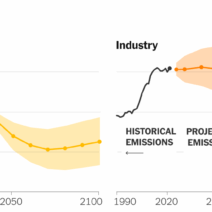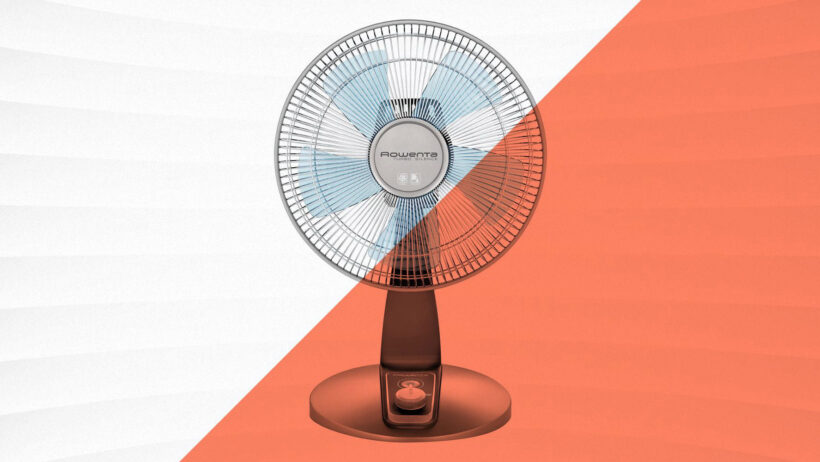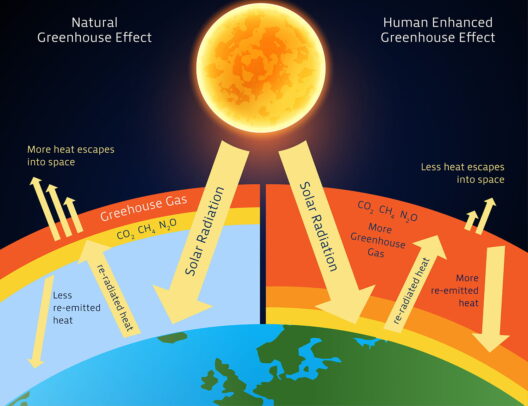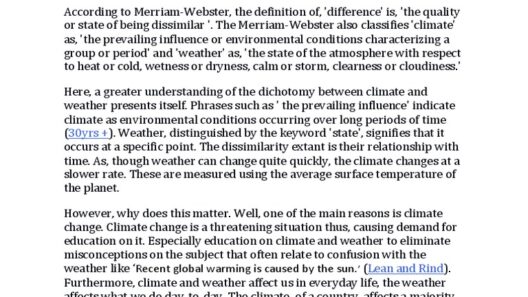As the heat of summer descends upon us, a common question arises: do fans cool you better in humid climates? While many people utilize fans to create a comfortable atmosphere, the challenge arises from the interaction between air temperature and humidity. Simple principles of thermodynamics indeed present a complex relationship, raising a potentially playful inquiry: can a fan be your savior in a muggy environment, or does it merely circulate the oppressive heat?
Understanding this dynamic begins with an examination of airflow and moisture. Fans work primarily by circulating air, creating a wind-chill effect that can make you feel cooler. The mechanics seem straightforward; however, in a humid climate, the predicament takes on a new dimension.
When humidity levels are elevated, the air is laden with moisture, which impacts our body’s natural thermoregulation through perspiration. Sweat evaporates more efficiently in drier conditions. Conversely, in high-humidity scenarios, sweat struggles to evaporate. Herein lies the conundrum: while fans can foster airflow across our skin, encouraging sweat evaporation, they might not deliver the expected relief under oppressive humidity.
To delve deeper into the complexities, we can explore several factors that contribute to this phenomenon.
The Mechanics of Cooling: Fans vs. Air Conditioning
Fans cannot replace an air conditioning unit when it comes to cooling down the air itself. Air conditioners remove heat from the air, thus lowering the temperature and humidity in a room. Conversely, fans act merely as air movers. In humid locales, relying solely on a fan may not yield the comfort one seeks. A steady breeze created by a ceiling fan might feel refreshing only to a degree, and the underlying heat may still persist.
The difference in mechanisms illustrates why many individuals turn to air conditioning during the sweltering summer months. However, in situations where energy consumption is a concern, fans offer a less energy-intensive alternative. Coupled with a water spray system, fans can enhance evaporative cooling, potentially providing relief even in stifling humidity.
Nevertheless, the interplay of temperature and humidity complicates the efficacy of fans as cooling devices. A fan alone cannot reduce the overall temperature of the air in a room, nor can it eliminate the clammy sensation caused by high moisture levels. Consequently, understanding these limitations is quintessential for effective use.
Effectiveness in Different Seasons
As seasons change, so do humidity levels. In summer’s heat, localized humid conditions may worsen discomfort, causing one to question the placement and speed settings of their fans. In reality, the efficacy of fans shifts with external climate changes. On some days, higher air speed is necessary; on others, subtlety is key.
Strategically positioning fans in conjunction with open windows can help facilitate cross-ventilation. This setup allows drier air to enter, enhancing the cooling effect. Moreover, using fans when the air is comparatively cooler—such as early morning or late evening—can provide substantial relaxation. The mechanics of air movement are greatly influenced by temperature differentials, rendering them critical in maintaining comfort.
In contrast, winter may dampen the necessity for fan use, as a chill permeates the air. However, fans might still serve a useful purpose in circulating warmer air that tends to rise, distributing heat more evenly throughout a space.
The Environmental Impact of Fan Usage
In the context of environmental activism, fans present a more ecologically responsible choice than traditional air conditioning systems. By consuming less electricity, they diminish reliance on fossil fuels and lead to a reduction in greenhouse gas emissions. As individuals strive to minimize their carbon footprints, understanding the importance of energy-efficient methods is paramount.
Furthermore, choosing to invest in quality fans—those designed to optimize airflow with minimal energy consumption—can contribute to sustainability efforts. Products such as these not only align with environmental values but also pose an effective challenge: can society transition from wasteful habits to mindful consumption? Empowering individuals with knowledge to make informed decisions is an integral component of environmental stewardship.
Ultimately, the effectiveness of fans in humid climates is contingent upon various factors, including the specific humidity levels, airflow configuration, and alternative cooling methods employed. As we ponder the complexities presented by atmospheric conditions—can fans proficiently combat humidity, or do they merely serve as a temporary distraction from discomfort?—it is crucial to remain vigilant in seeking out energy-efficient, sustainable solutions that align with our environmental goals.
In conclusion, while fans can provide a semblance of relief in humid environments, they are not a comprehensive solution. Coupling them with other strategies—such as cross-ventilation, moisture management, and energy-efficient products—can enhance comfort while promoting ecological responsibility. The challenge remains not just in seeking immediate respite from heat but in fostering long-term change in our environmental practices. Will we rise to meet this challenge, or will we remain stagnant, bound by the elusive quest for comfort?








